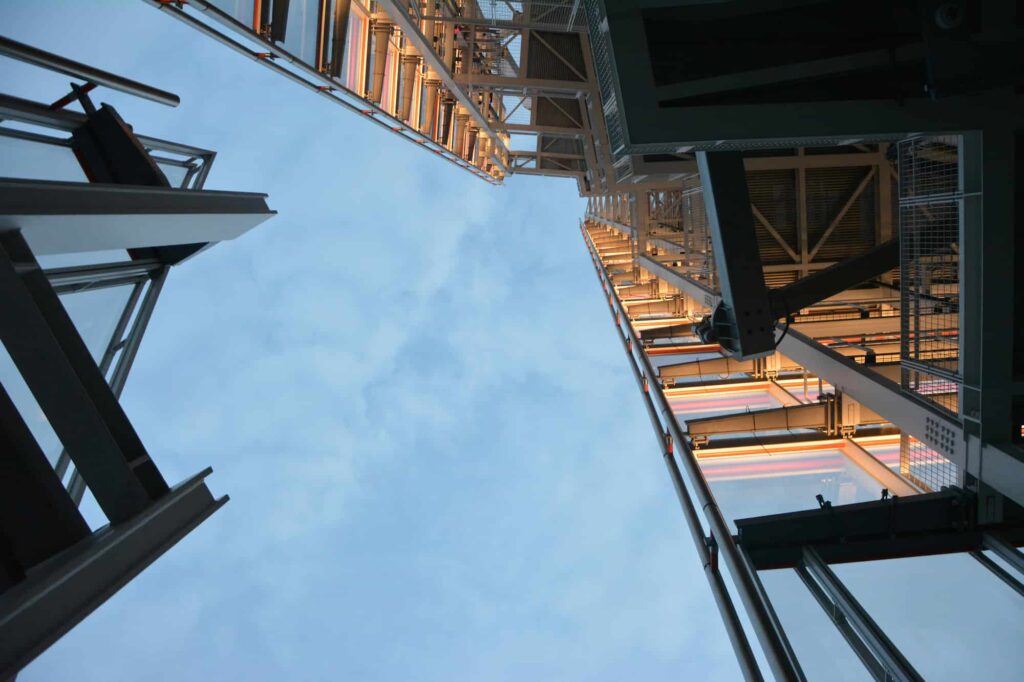
The construction industry is facing significant challenges in labor shortages and supply chain disruptions, which have been affecting projects worldwide. As construction demand grows, companies struggle to find skilled workers, while disruptions in supply chains lead to delays and cost increases. Addressing these issues requires strategic planning, innovative approaches, and collaboration within the industry.
One of the main issues in construction is the shortage of skilled labor. Many experienced workers are nearing retirement age, and younger generations are not entering the industry in sufficient numbers. This results in a significant skills gap, leaving construction companies struggling to find qualified workers for various trades, from carpenters to electricians. To tackle this, companies are focusing on attracting young talent through training programs, apprenticeships, and partnerships with trade schools. Additionally, they are offering competitive wages and benefits to retain experienced workers. The use of technology, such as Building Information Modeling (BIM), can also help workers complete tasks more efficiently, reducing the reliance on a large labor force.
The supply chain has also become a major pain point in the construction industry. Global disruptions, such as the COVID-19 pandemic and geopolitical tensions, have caused delays in the delivery of essential materials like steel, wood, and cement. This has led to project delays and increased costs as companies are forced to source materials from alternative suppliers at higher prices. To mitigate these disruptions, construction companies are diversifying their suppliers, ensuring that they have backup options for critical materials. Many are also investing in better inventory management systems to monitor stock levels and avoid shortages.
Moreover, adopting a more collaborative approach with suppliers can help address both labor and supply chain issues. By developing strong relationships with suppliers, construction companies can secure better pricing and more reliable delivery schedules. Similarly, fostering collaboration with subcontractors and labor unions can help address workforce shortages. Through partnerships, workers can receive better training and professional development, ensuring they have the skills required for modern construction techniques.
Technology has become an essential tool in overcoming these challenges. The use of robotics, drones, and automated machinery helps reduce the dependency on human labor for certain tasks, improving efficiency and safety. For example, drones can be used for site inspections, and robotic bricklayers can help reduce the need for manual labor in repetitive tasks. This technology not only addresses the labor shortage but also improves accuracy, reduces errors, and speeds up the construction process.
In conclusion, tackling labor and supply chain challenges in the construction industry requires a combination of strategies. Companies must focus on attracting new talent, investing in training, and using technology to improve efficiency. Diversifying suppliers and forming collaborative partnerships can help overcome supply chain disruptions. By addressing these issues head-on, the construction industry can continue to meet the growing demand for infrastructure development and building projects.
For more insights on labor and supply chain strategies in construction, check out resources like Construction Dive and The Construction Industry Training Board.